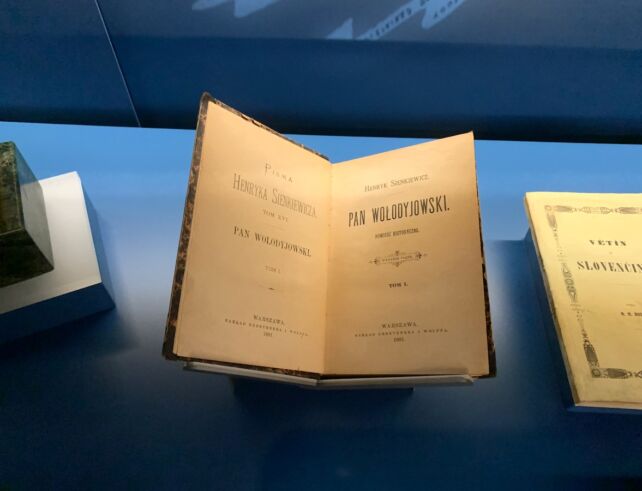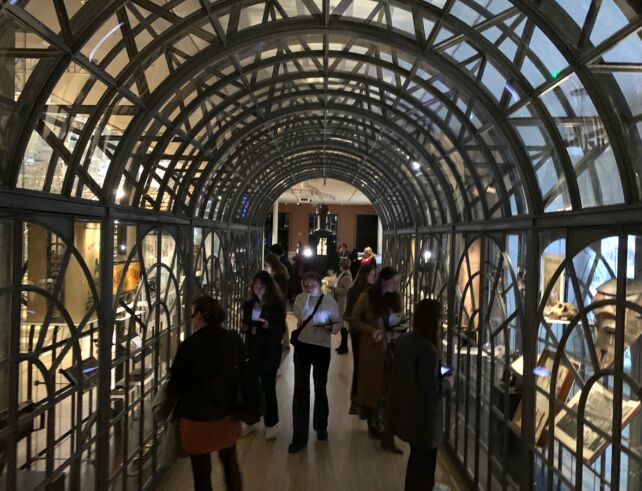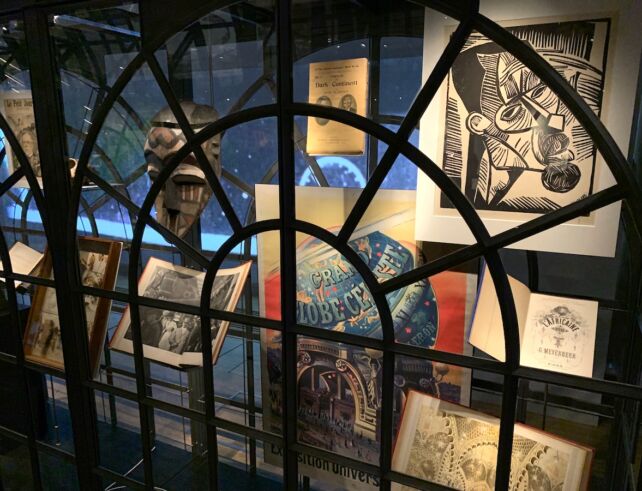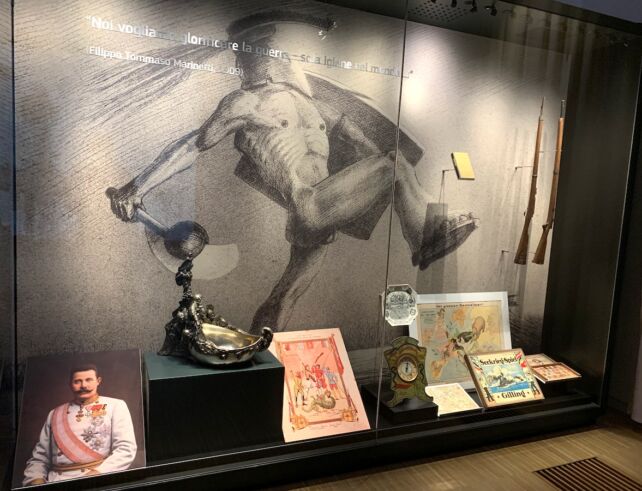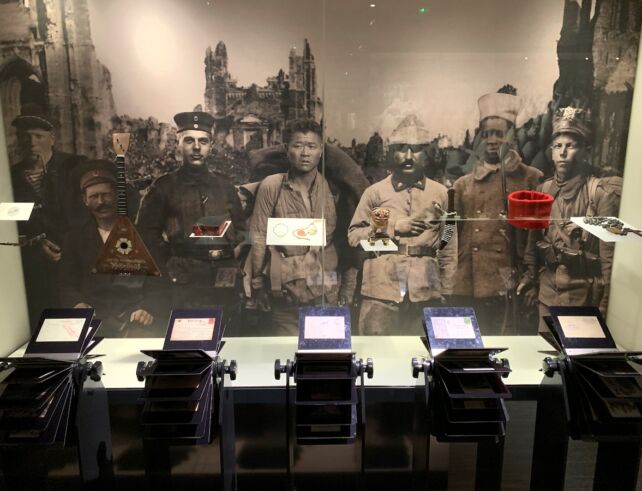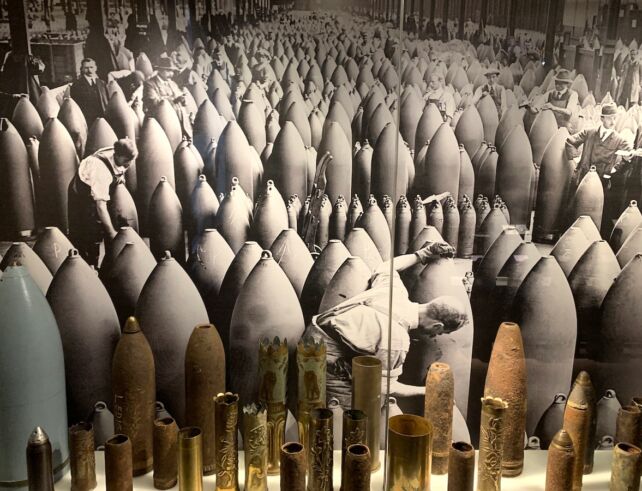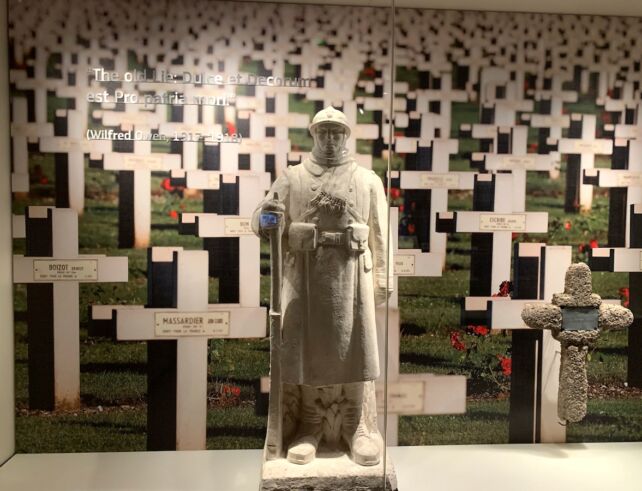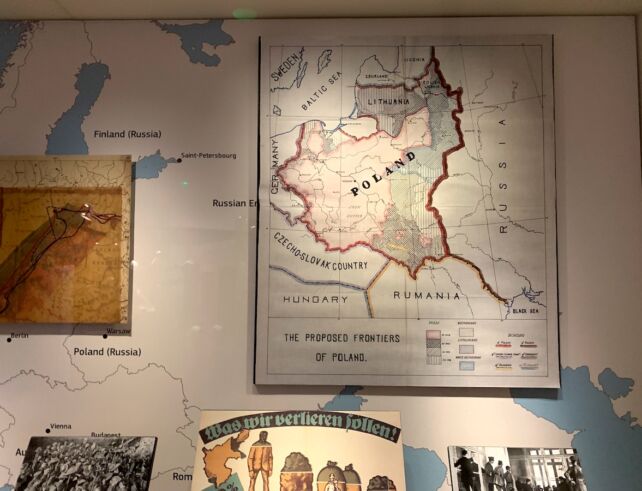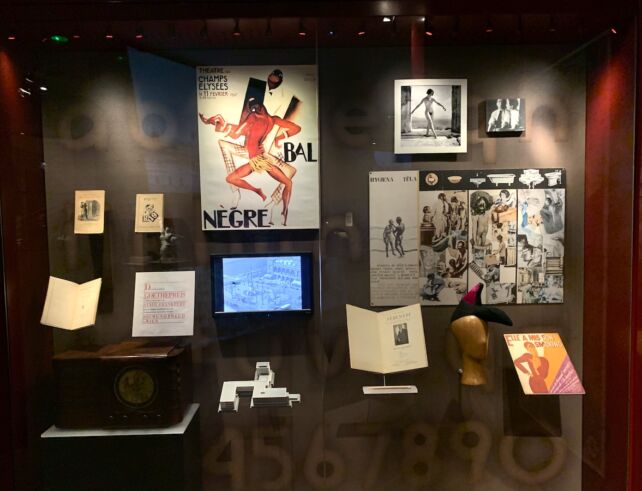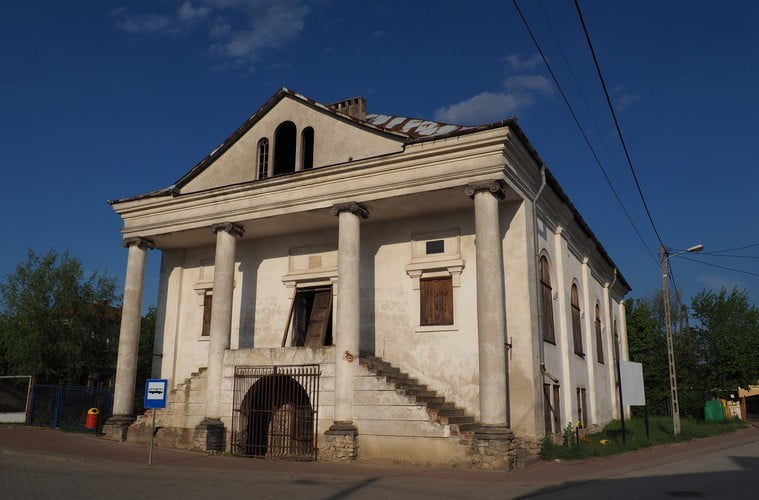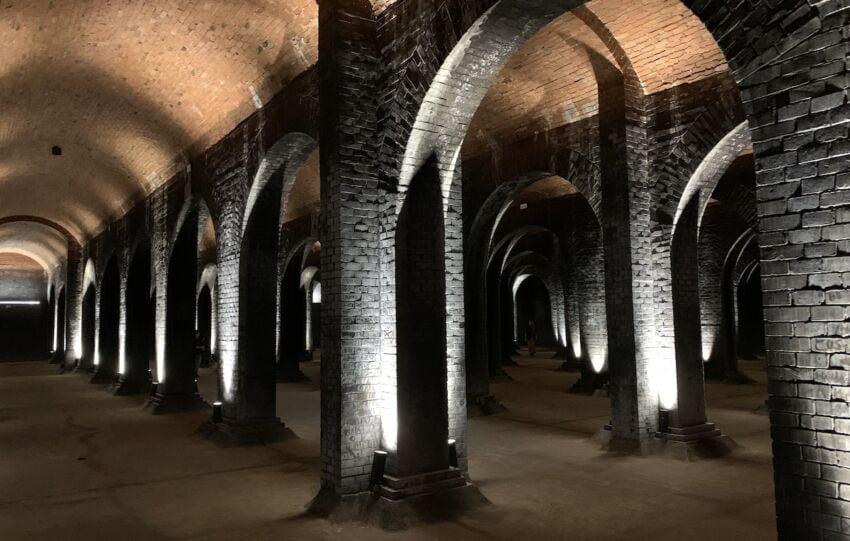Share This Article
The history of Europe has been turbulent, with many events affecting more than just one region or country. Numerous elements of the continent’s past are shared across borders. The House of European History is an interactive museum in Brussels that presents the story of Europe in a fascinating and concise way!
Its interesting location and engaging exhibition make it well worth including in your travel plans!
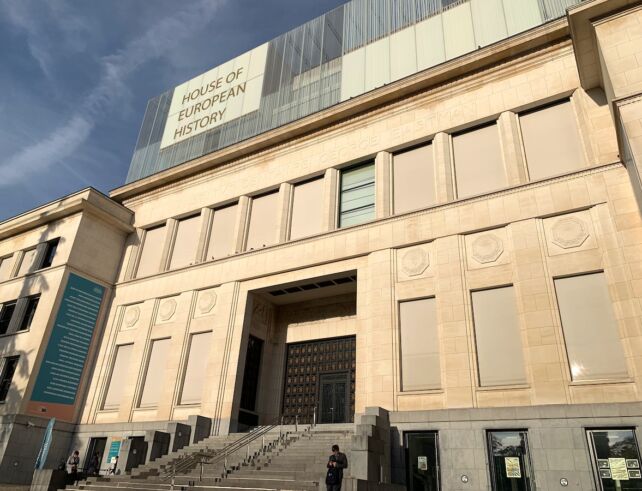
House of European History – Location
The House of European History is located in Brussels, right in the heart of the European Quarter. More precisely, it’s situated in Leopold Park, very close to the European Parliament. The address is Rue Belliard 135.
The park where the museum is located used to be the site of the Royal Zoological Garden, as indicated by the inscriptions on the gates. It was opened to the public in 1880. Covering an area of about 10 hectares, the park also houses other buildings, including a school situated right next to the House of European History.
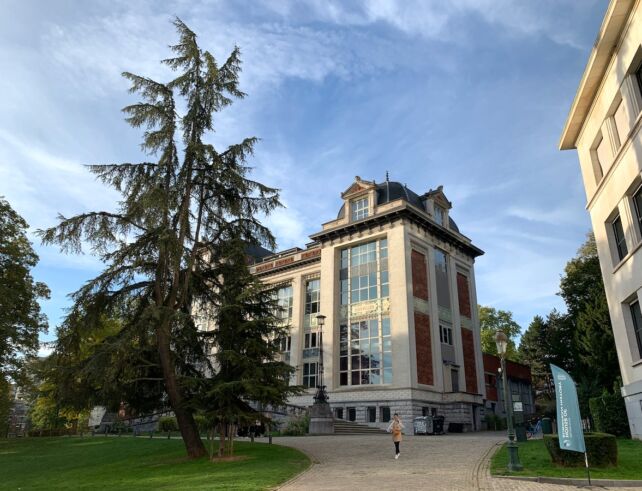
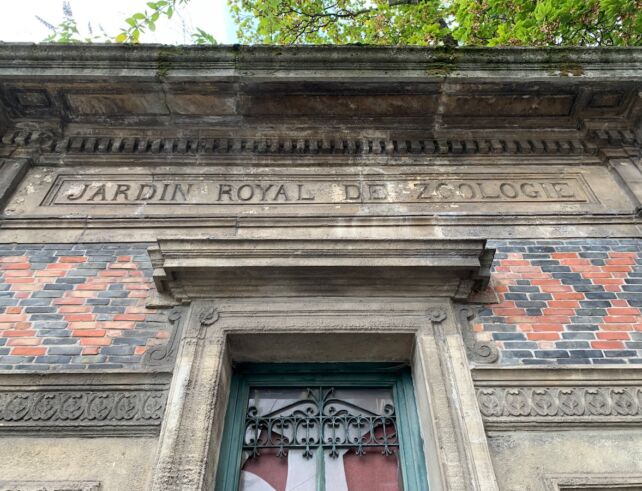
Admission and Opening Hours
Let’s start with the good news: admission to the House of European History is free. Individual visitors and small groups (up to 10 people) don’t need to book in advance. You can simply walk in from the street, though you might have to wait a few minutes if a larger group is entering ahead of you.
The museum is open on Mondays from 13:00 to 18:00, Tuesday to Friday from 9:00 to 19:00, and on Saturdays and Sundays from 10:00 to 18:00. It is closed on January 1st, May 1st, November 1st, and December 24th, 25th, and 31st.
If you are planning to visit as part of a larger group, you’ll need to use the online reservation form. Bookings should be made at least two weeks in advance for self-guided visits with audio guides, or four weeks in advance if you prefer a guided tour.
Audio guides are available in 24 languages, and with prior notice, sign language tours can also be arranged.
The Whirlpool of History
Throughout your visit, you’ll be accompanied by a striking sculpture called “The Whirlpool of History.” Located in the museum’s central staircase, it features 27 historical quotes, each reflecting the constantly evolving interpretation of our shared European history.
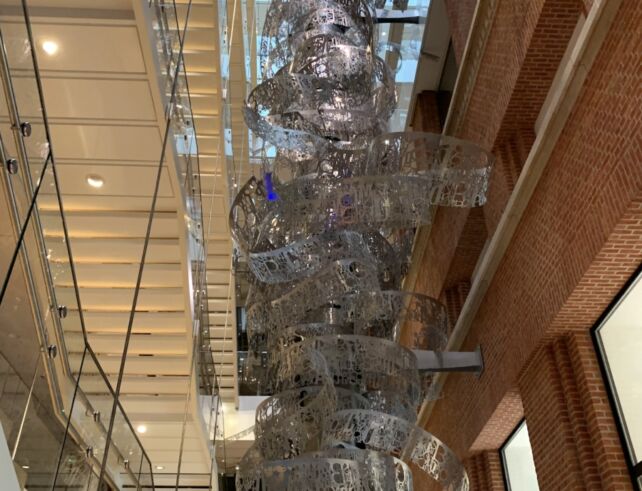
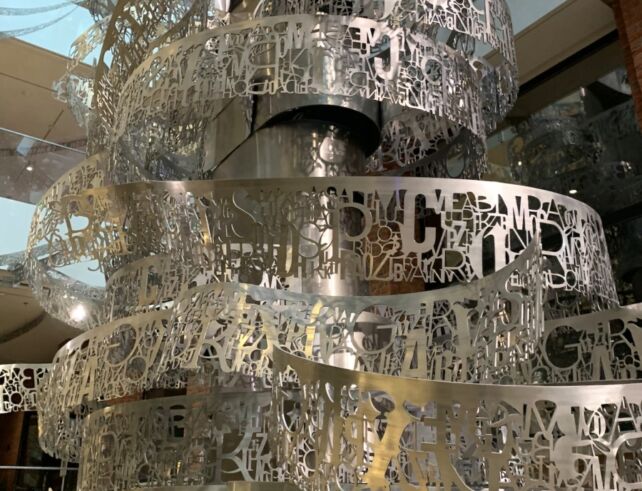
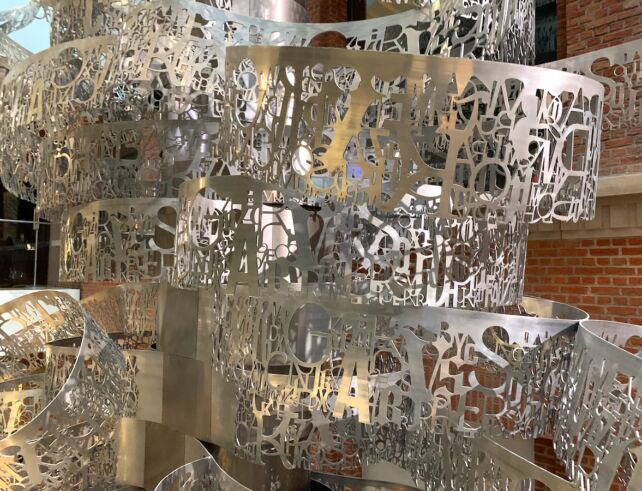
Exhibition
The exhibition is spread across several floors, which you can access by stairs or elevators. As you might expect, the permanent exhibition is dedicated to the history of Europe. One of the main goals pursued by the museum’s curators was to highlight European history as a whole, rather than dividing it by individual countries or regions.
The exhibition includes elements that Europe can be proud of, as well as those that have left dark marks on the history of the world.
The visit is essentially divided into six stages:
- Shaping Europe
- Europe: A Global Power
- Europe in Ruins
- Rebuilding a Divided Continent
- Europe: A Changing Global Order
- Europe Today
As you move through the exhibition, you’ll find plenty of content that can be related both to Europe as a whole and to specific countries. Some phenomena were present across the entire continent, while others affected only certain regions — but all had a broader impact.
Individual visitors receive an audio guide, which is also equipped with a screen that displays information related to the objects around you. The guide automatically updates its content based on your location in the museum. The narration is available in all official EU languages, including Polish. At any time, you can switch to manual mode to go back to any section or specific exhibit.
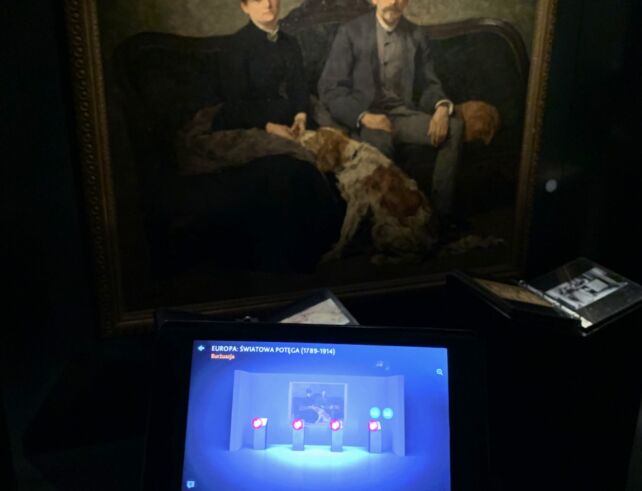
Is it worth visiting?
In my opinion, the House of European History is a place that successfully tells the story of Europe. It speaks of highs and lows, reasons to be proud — and reasons to feel shame. The exhibition attempts something nearly impossible: to bring together the histories of such a vast and culturally diverse area as Europe into one coherent narrative.
Although it doesn’t go into great depth on specific events or historical periods, I believe that for the purposes of an international visitor, it offers a valuable and accessible overview — a solid “capsule” of knowledge about the continent’s journey through time.
If you’re planning a trip to Brussels and are interested in the shared past of Europe, the House of European History is a must-see.
